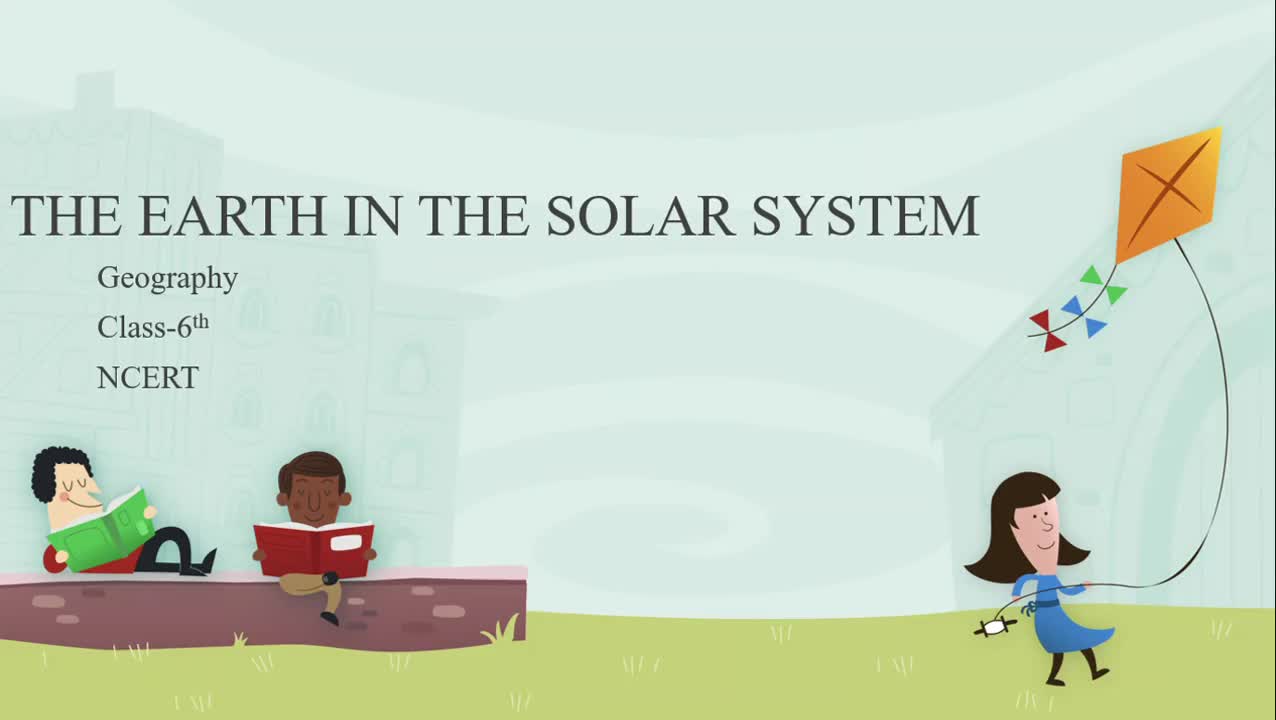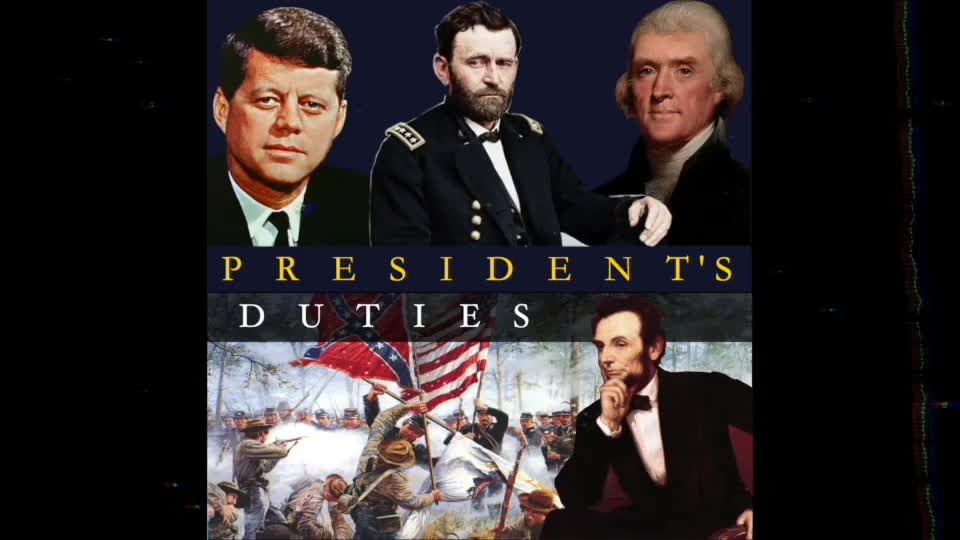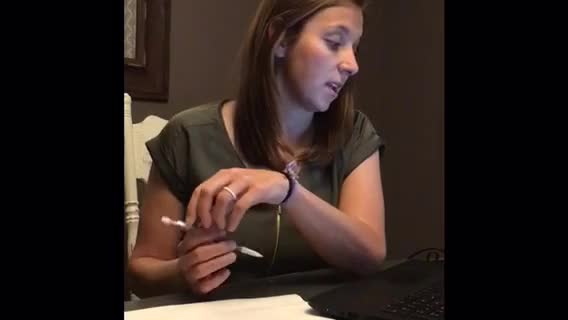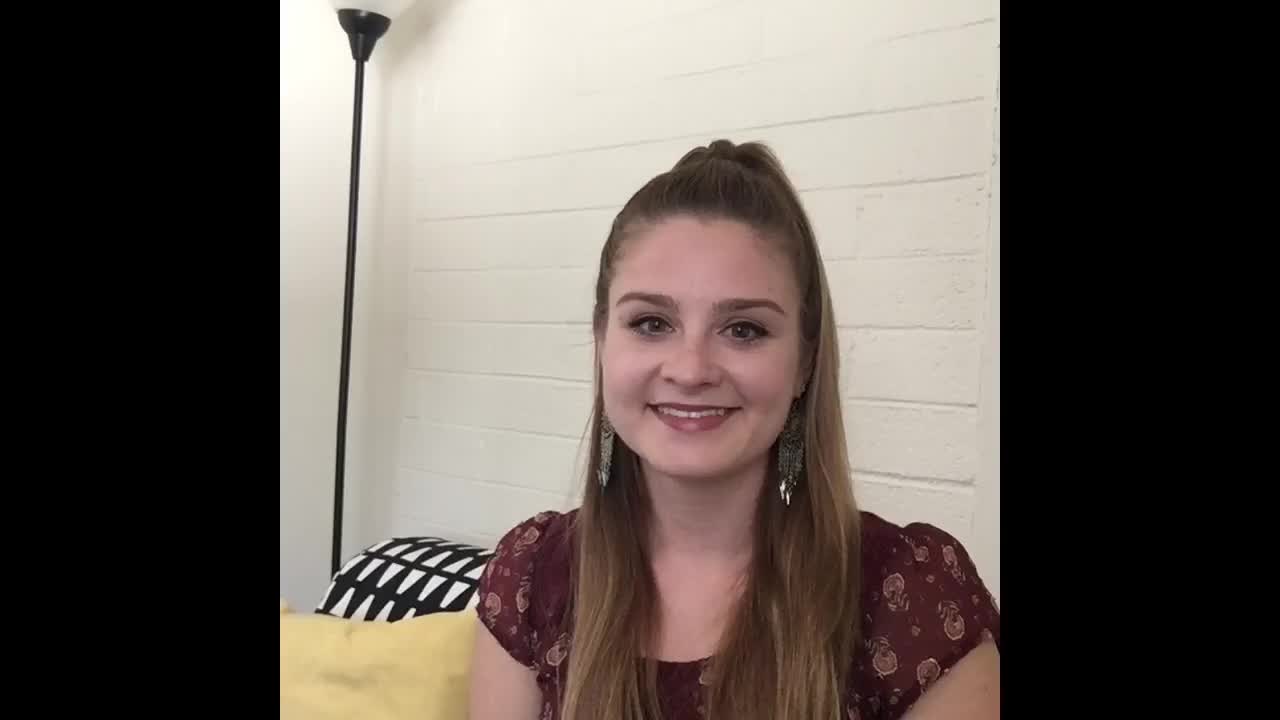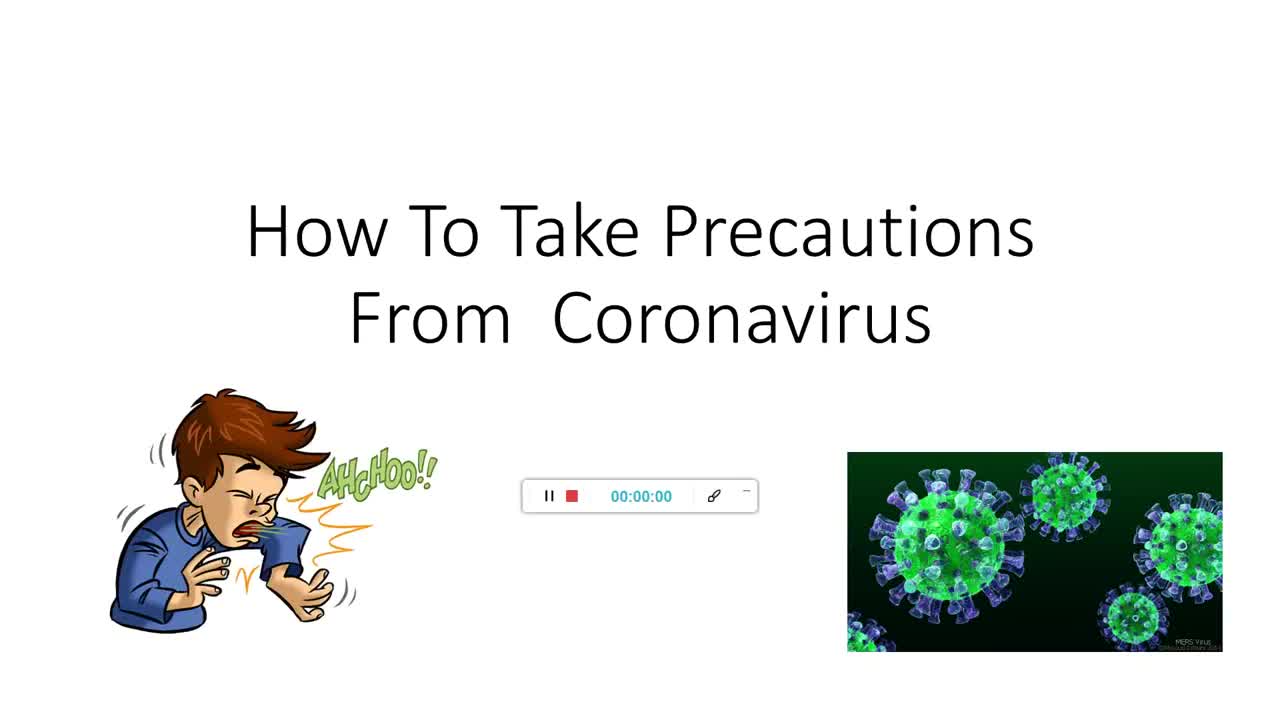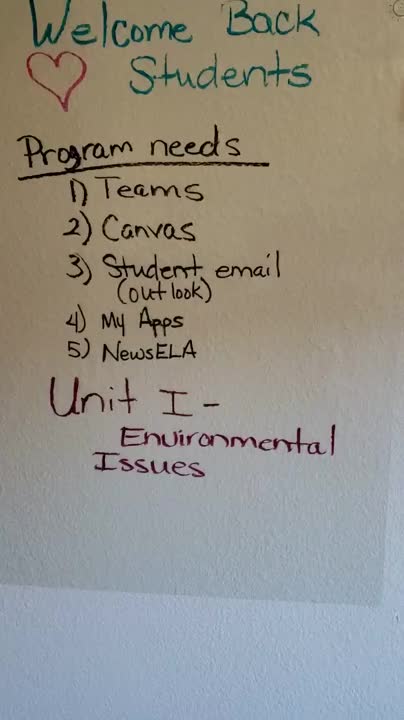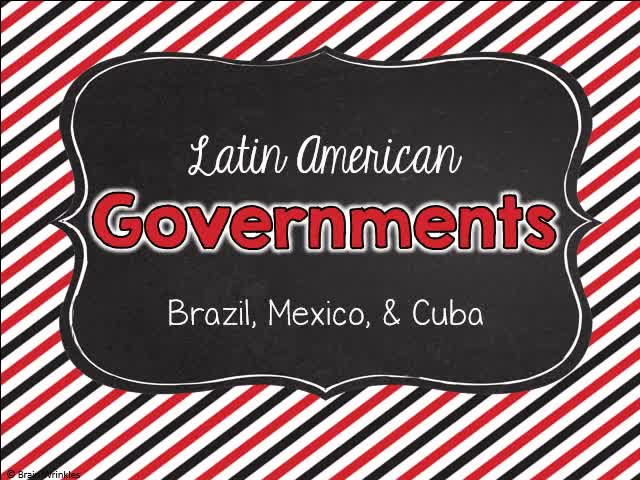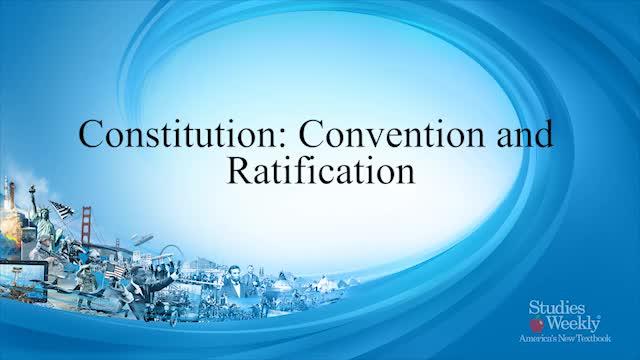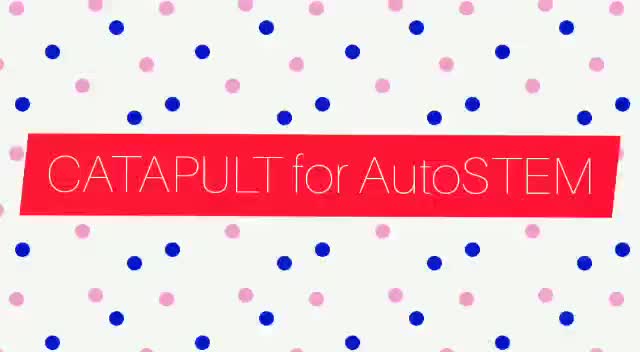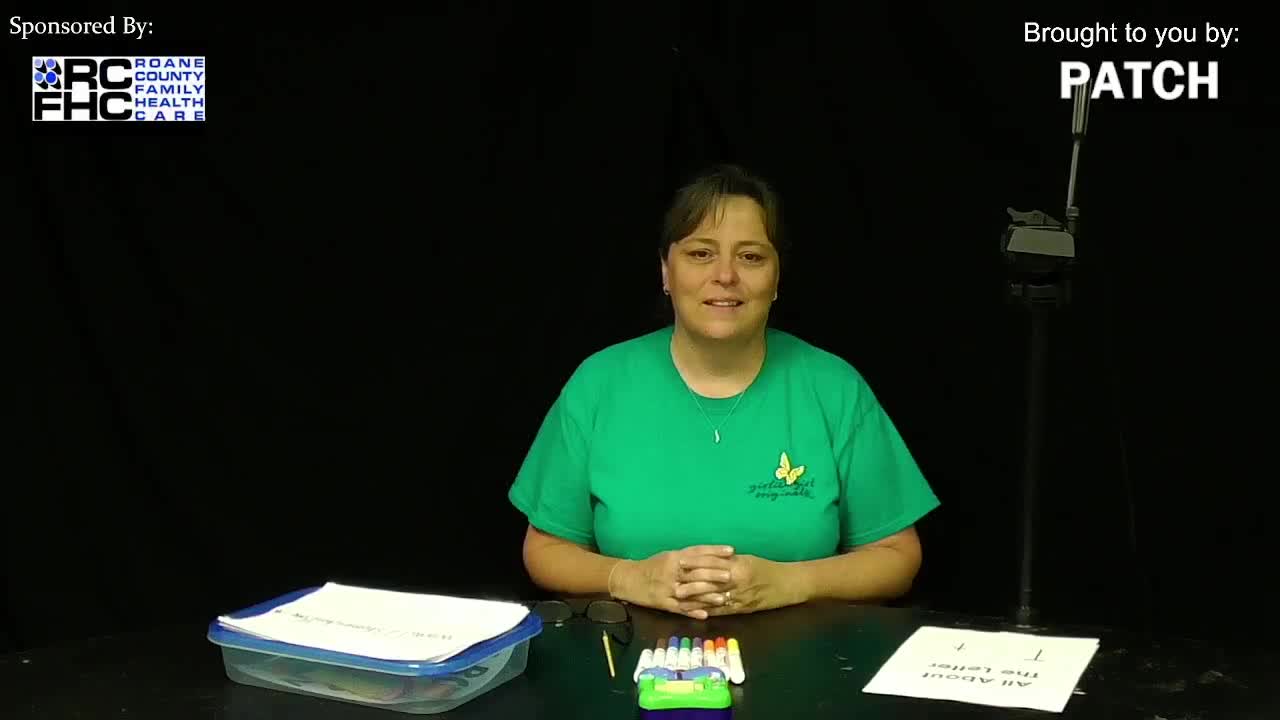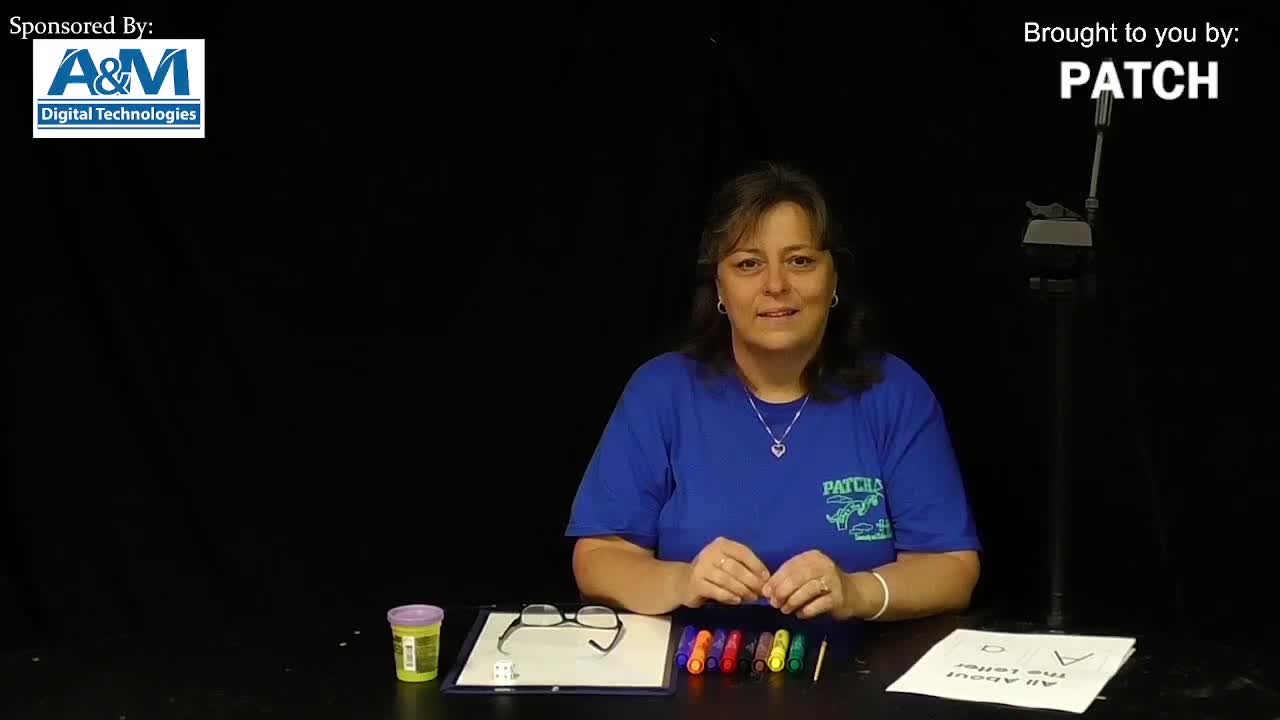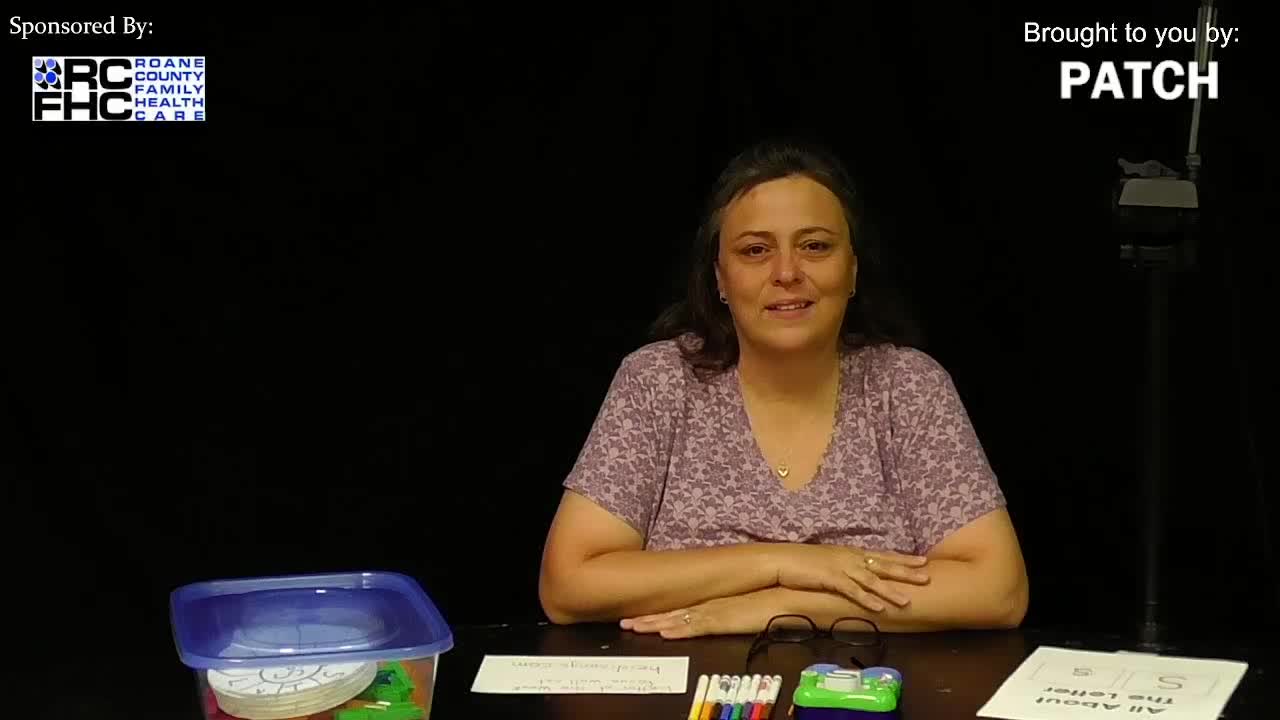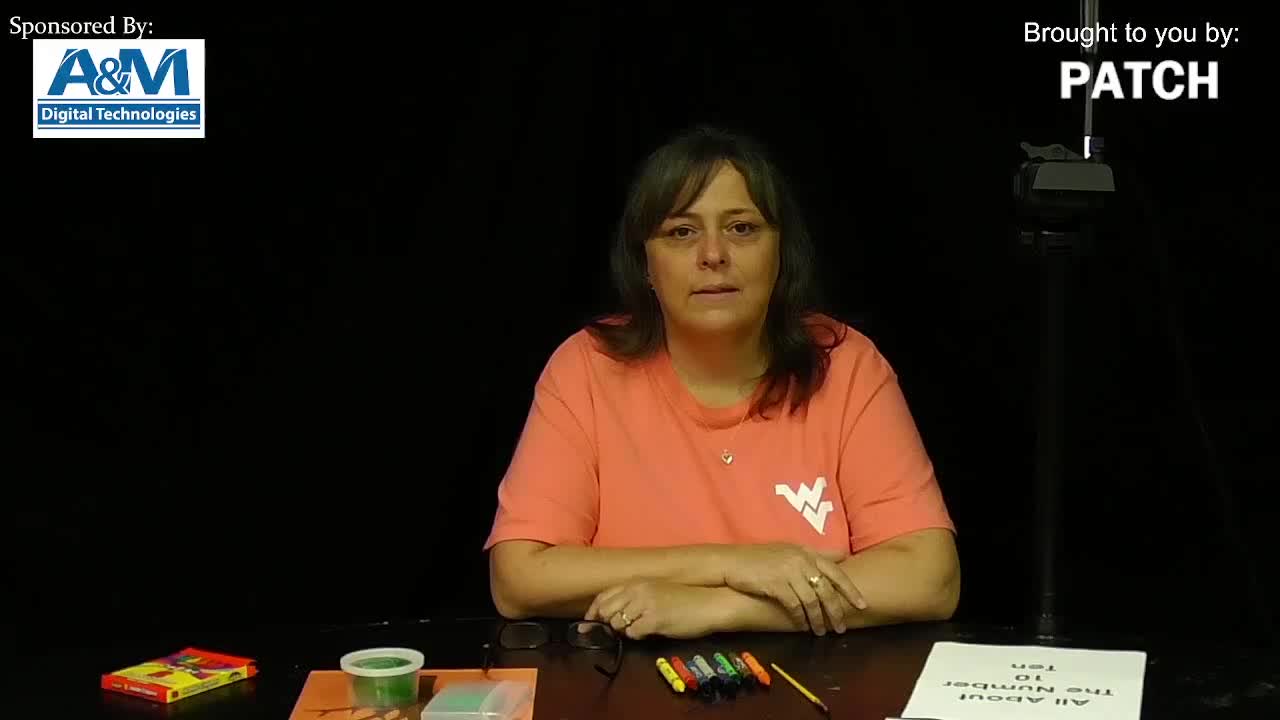1.7 Limits on Government Powers
All / Social Studies
Limits on Government Powers
The Florida Joint Center for Citizenship presents Limits on Government Power.
The U.S. Constitution creates a system of government with three branches. The Legislative Branch or Congress, the Executive Branch or the President, and Judicial Branch or the Supreme Court. The Constitution also includes the Principle of Limited Government. This means that the government can only do what the people allow it to do and each branch of government has power that is defined and limited by the Constitution. In this video we?ll learn about the concepts of limited government, separation of powers, and checks and balances.
After watching this video, you will be able to explain the concept of limited government as set forth in the U.S. Constitution, describe and distinguish between concepts of separation of powers and checks and balances, analyze how government power is limited by separation of powers and checks and balances, recognize examples of the separation of powers and checks and balances.
A Constitution is a written set of laws that all citizens agreed to. And a constitutional government is based on that set of laws. The United States has a constitutional government, and the U.S. Constitution is the highest law of the land. The U.S. Constitution includes the principle of limited government. This means that the Government can only do what the people allow it to do as you learned at the start of this video. The powers and responsibilities of the federal or national government and state governments are outlined in the Constitution. But as someone famous once said, ?With great power comes great responsibility,? and we need to have limits on our powers. So the Constitution also includes limits on the power of the federal and state governments. It says that each level of Government may and just as important may not do.
Let?s check in. You can answer the following in your own words. What?s the purpose of limited government? The purpose of limited government is to make sure that government can only do what we allow it to do.
Let?s recap what we learned so far. Constitutional government is based on a set of written laws that all citizens agree to follow. And that written set of laws is called a Constitution. The U.S. Constitution includes the principle of limited government. And limited government is the idea that government can only do what the people allow it to do.
So, let?s learn about the limitation on the federal government. These ideas of separation of powers and checks and balances. And we?ll begin with separation of powers. The framers of the Constitution setup the federal government by dividing it into three branches ? legislative, executive, and judicial ? in order to protect the liberty of the people. All the powers are not in the hands of one branch but split across three of them. This splitting up of the powers is called Separation of Powers. And as we?ll learn it?s not the same as Checks and Balances. Instead, it?s all about the different powers that are granted to each branch of government.
So, each branch has their own role and their own responsibilities, their own powers? You bet. Let?s start with the legislative branch. The primary role of the legislative branch is to create new laws. Both Houses of Congress work together to propose bills and vote whether to make them laws. The executive branch has its own powers. For example, its primary role is to carry out and enforce laws. This means that once Congress passes, and the President signs the bill into law, the law goes to an executive agency to be carried out and monitored. The judicial branch has the power to interpret laws. This means that the judicial branch has the power to review the actions of the executive and legislative branches and determine whether or not they are constitutional. This power of the judicial branch, to review the actions of the legislative and executive branches to determine whether or not they are constitutional is known as judicial review. This is established in the case of Marbury versus Madison in 1803.
Let?s check in. Try to answer the following in your own words. Define the phrase ?separation of powers.? Separation of powers is the structure of the federal government that sets up three branches of government with their own distinct powers and responsibilities.
Let?s recap what we?ve learned. Remember under the Constitution, there are three branches of government have separate powers and responsibilities. The legislative branch makes laws, the executive branch carries out and enforces laws, and the judicial branch interprets laws and makes sure the actions of all branches are constitutional. And remember this power of judicial review that the Supreme Court has was established in the case of Marbury versus Madison in 1803.
So, even though the framers separated the powers of government to three distinct branches, they wanted to make sure that one branch could not have more power than the other two. To make sure that none of the three branches become too powerful, the framers also established checks and balances. Remember that this is different from separation of powers.
So, while separation of powers means that each branch has its own powers, checks and balances is the principle that allows each branch of government to limit, or check and balance, the power of the other two branches. So, let?s consider some examples. Remember that the legislative branch makes laws but before a bill becomes a law, it goes to the President for his signature. A check on the legislative branch?s power is that the President can veto or formally reject the law. But then, a check on executive power is that Congress can override the President?s veto and make it a law anyway. But then we have one more check on legislative power because the Supreme Court can declare a law passed by Congress and signed by the President or passed by Congress over the veto of the President, unconstitutional. So that?s a check on legislative power. And you have to remember that the executive branch has the power to nominate people for certain offices, including for the Cabinet and Supreme Court justices. That?s quite the power the President has to be able to put anyone he wants in office. But hold on, there?s a check on that executive power. The Senate and the legislative branch of course can approve or reject the nominations made by the President. Nobody gets a position without the approval of the senate.
Another power of the presidency, or the executive branch, is that it has the power to make treaties or formal agreements with other countries. And that?s a pretty good power to have to isn?t it being able to make agreements with other countries. But as a check on this power, the legislative branch, specifically the Senate, has to actually approve the treaty for ratification. If they don?t approve it, it doesn?t happen.
Another power the president has is to issue executive orders to the executive branch to have the force of law without having to actually go through Congress. But while presidents might use executive orders to try to get around the checks and balances provided by Congress, the judicial branch can serve as a check on executive power there because they can determine whether executive orders are unconstitutional.
Let?s check in. Try to answer the following in your own words. How do the concept of separation of powers and checks and balances limit the power of government? Separation of powers divide government power into three branches. Checks and balances create a system so that each branch can check the power of the other two branches. And these work together to limit the power of government.
Let?s recap what we?ve learned. Government power is limited by the principles of separation of powers and checks and balances. Separation of power divides government power between branches. For example, the executive branch enforces laws passed by the legislative branch, while the judicial branch can interpret laws. Checks and balances allow each branch to check the powers of the other branches. For example, the president can veto a law passed by Congress. Congress can override the veto, and the Supreme Court can rule the law unconstitutional.
So, we learned a lot in this video today. But what?s important for us to take away is that our Constitution establishes the principle of limited government. And it does this through the concept of separation of powers, and checks and balances. And these help protect our rights and liberties.
And there is so much more we can learn about the Constitution and the branches of government. And so much more we should learn of the Constitution and the branches of government and you can check out this topic areas on Civic360 to learn more.
This has been an LFI of JCC video. Thanks for watching.
The U.S. Constitution creates a system of government with three branches. The Legislative Branch or Congress, the Executive Branch or the President, and Judicial Branch or the Supreme Court. The Constitution also includes the Principle of Limited Government. This means that the government can only do what the people allow it to do and each branch of government has power that is defined and limited by the Constitution. In this video we?ll learn about the concepts of limited government, separation of powers, and checks and balances.
After watching this video, you will be able to explain the concept of limited government as set forth in the U.S. Constitution, describe and distinguish between concepts of separation of powers and checks and balances, analyze how government power is limited by separation of powers and checks and balances, recognize examples of the separation of powers and checks and balances.
A Constitution is a written set of laws that all citizens agreed to. And a constitutional government is based on that set of laws. The United States has a constitutional government, and the U.S. Constitution is the highest law of the land. The U.S. Constitution includes the principle of limited government. This means that the Government can only do what the people allow it to do as you learned at the start of this video. The powers and responsibilities of the federal or national government and state governments are outlined in the Constitution. But as someone famous once said, ?With great power comes great responsibility,? and we need to have limits on our powers. So the Constitution also includes limits on the power of the federal and state governments. It says that each level of Government may and just as important may not do.
Let?s check in. You can answer the following in your own words. What?s the purpose of limited government? The purpose of limited government is to make sure that government can only do what we allow it to do.
Let?s recap what we learned so far. Constitutional government is based on a set of written laws that all citizens agree to follow. And that written set of laws is called a Constitution. The U.S. Constitution includes the principle of limited government. And limited government is the idea that government can only do what the people allow it to do.
So, let?s learn about the limitation on the federal government. These ideas of separation of powers and checks and balances. And we?ll begin with separation of powers. The framers of the Constitution setup the federal government by dividing it into three branches ? legislative, executive, and judicial ? in order to protect the liberty of the people. All the powers are not in the hands of one branch but split across three of them. This splitting up of the powers is called Separation of Powers. And as we?ll learn it?s not the same as Checks and Balances. Instead, it?s all about the different powers that are granted to each branch of government.
So, each branch has their own role and their own responsibilities, their own powers? You bet. Let?s start with the legislative branch. The primary role of the legislative branch is to create new laws. Both Houses of Congress work together to propose bills and vote whether to make them laws. The executive branch has its own powers. For example, its primary role is to carry out and enforce laws. This means that once Congress passes, and the President signs the bill into law, the law goes to an executive agency to be carried out and monitored. The judicial branch has the power to interpret laws. This means that the judicial branch has the power to review the actions of the executive and legislative branches and determine whether or not they are constitutional. This power of the judicial branch, to review the actions of the legislative and executive branches to determine whether or not they are constitutional is known as judicial review. This is established in the case of Marbury versus Madison in 1803.
Let?s check in. Try to answer the following in your own words. Define the phrase ?separation of powers.? Separation of powers is the structure of the federal government that sets up three branches of government with their own distinct powers and responsibilities.
Let?s recap what we?ve learned. Remember under the Constitution, there are three branches of government have separate powers and responsibilities. The legislative branch makes laws, the executive branch carries out and enforces laws, and the judicial branch interprets laws and makes sure the actions of all branches are constitutional. And remember this power of judicial review that the Supreme Court has was established in the case of Marbury versus Madison in 1803.
So, even though the framers separated the powers of government to three distinct branches, they wanted to make sure that one branch could not have more power than the other two. To make sure that none of the three branches become too powerful, the framers also established checks and balances. Remember that this is different from separation of powers.
So, while separation of powers means that each branch has its own powers, checks and balances is the principle that allows each branch of government to limit, or check and balance, the power of the other two branches. So, let?s consider some examples. Remember that the legislative branch makes laws but before a bill becomes a law, it goes to the President for his signature. A check on the legislative branch?s power is that the President can veto or formally reject the law. But then, a check on executive power is that Congress can override the President?s veto and make it a law anyway. But then we have one more check on legislative power because the Supreme Court can declare a law passed by Congress and signed by the President or passed by Congress over the veto of the President, unconstitutional. So that?s a check on legislative power. And you have to remember that the executive branch has the power to nominate people for certain offices, including for the Cabinet and Supreme Court justices. That?s quite the power the President has to be able to put anyone he wants in office. But hold on, there?s a check on that executive power. The Senate and the legislative branch of course can approve or reject the nominations made by the President. Nobody gets a position without the approval of the senate.
Another power of the presidency, or the executive branch, is that it has the power to make treaties or formal agreements with other countries. And that?s a pretty good power to have to isn?t it being able to make agreements with other countries. But as a check on this power, the legislative branch, specifically the Senate, has to actually approve the treaty for ratification. If they don?t approve it, it doesn?t happen.
Another power the president has is to issue executive orders to the executive branch to have the force of law without having to actually go through Congress. But while presidents might use executive orders to try to get around the checks and balances provided by Congress, the judicial branch can serve as a check on executive power there because they can determine whether executive orders are unconstitutional.
Let?s check in. Try to answer the following in your own words. How do the concept of separation of powers and checks and balances limit the power of government? Separation of powers divide government power into three branches. Checks and balances create a system so that each branch can check the power of the other two branches. And these work together to limit the power of government.
Let?s recap what we?ve learned. Government power is limited by the principles of separation of powers and checks and balances. Separation of power divides government power between branches. For example, the executive branch enforces laws passed by the legislative branch, while the judicial branch can interpret laws. Checks and balances allow each branch to check the powers of the other branches. For example, the president can veto a law passed by Congress. Congress can override the veto, and the Supreme Court can rule the law unconstitutional.
So, we learned a lot in this video today. But what?s important for us to take away is that our Constitution establishes the principle of limited government. And it does this through the concept of separation of powers, and checks and balances. And these help protect our rights and liberties.
And there is so much more we can learn about the Constitution and the branches of government. And so much more we should learn of the Constitution and the branches of government and you can check out this topic areas on Civic360 to learn more.
This has been an LFI of JCC video. Thanks for watching.
